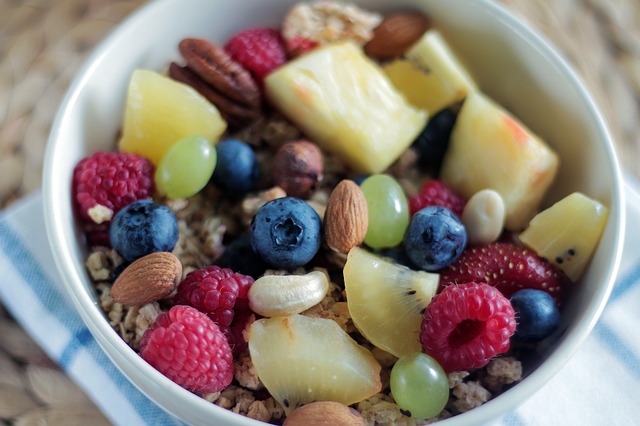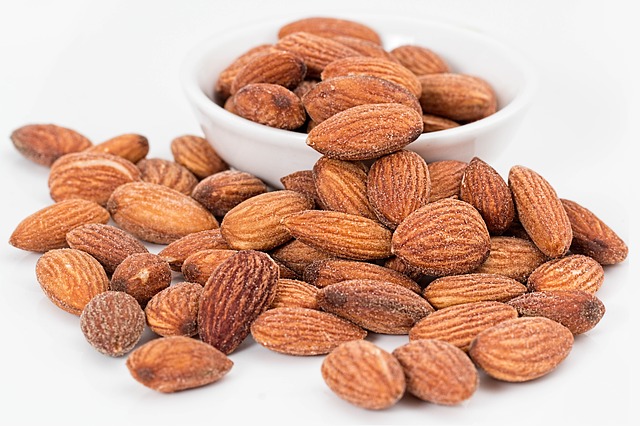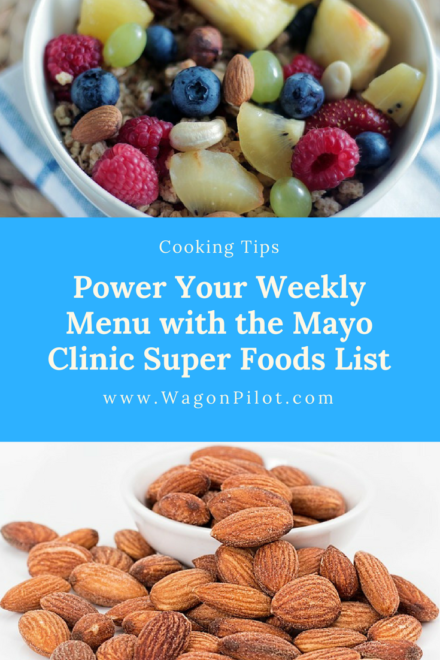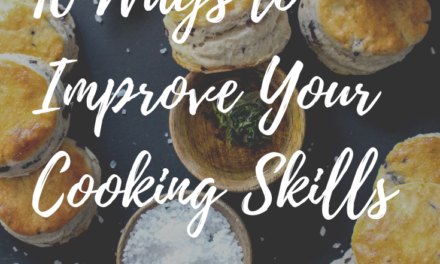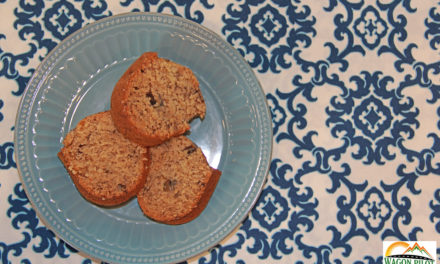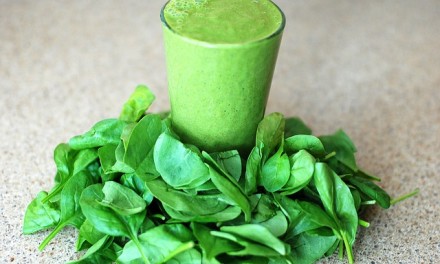For the past year or so I’ve had a nagging problem. Ever since we moved into a house there has been a clear lack of organization in my days. Part of it is the still unfinished task of getting everything sorted out in the house, but mostly because life has been hectic. The one thing that has suffered most is my joy of cooking. It’s been difficult to find time to create weekly menus and make more frequent shopping trips. Instead the focus has shifted to making sure my daughter is eating well, but the adults in the house haven’t had the same care. Coming from a ardent supporter of our local farms and eating a healthier diet it seems contradictory, but in fact it’s a reality that many people face in today’s hectic pace. For a bit of reflection I looked back through the archives of my old Alton Brown fan blog recipes and ran across the Mayo Clinic Super Foods list from his Live and Let Diet episode.
One of the problems with eating healthy is finding the time to cook every day and shop more often for fresh ingredients. People also get put off by so many of these type of lists because the ingredients are expensive or not easy to find. Goji berries, anyone? There are also issues with diet trends, such as the fat-free craze I grew up with, that has transformed our packaged food selections and not necessarily for the better. So, what makes the Mayo Clinic’s list different? For starters, the foods on the list pack a large amount of nutrients, but with a low calorie density. The second is that the items on the list are both readily available and affordable to most of the population. These are virtues I can get behind, so let’s take a look at the list.
The Mayo Clinic Super Foods List
- Almonds –
- Apples – soluble fiber and antioxidant vitamin C
- Blueberries – fiber, vitamin C, and that may help fight off diseases like cancer
- Broccoli – vitamins A and C pus
- Red Beans – plus dietary fiber
- Salmon – which are good for heart health
- Spinach – Vitamins A and C, folate, , for heart and eye health
- Sweet Potatoes – Beta carotene, vitamins A, C, and B-6, and
- Vegetable Juice – All sorts of goodness; go for low sodium varieties
- Wheat Germ –
What I love most about this list is that several of these foods can easily be combined in different ways. No monotony of eating the same thing over and over like many fad diets. Take the first three on the list; almonds, apples, and blueberries. These can all be easily added into yogurt, oatmeal, or a basic smoothie for breakfast or are equally at home as a standalone snack. Others, such as red beans, spinach, and sweet potatoes, can be served as a side or incorporated into main dishes like stews, soups, or chili. Just having a simple list of foods that make a high impact on your health while not having to come up with unusual recipes is a huge bonus in a time strapped society.
Here are a couple basic smoothie combos I developed along with a hearty chili recipe to get you on the path to healthier eating. Watch the blog and social media for more everyday recipes and a food project I have in the works.

